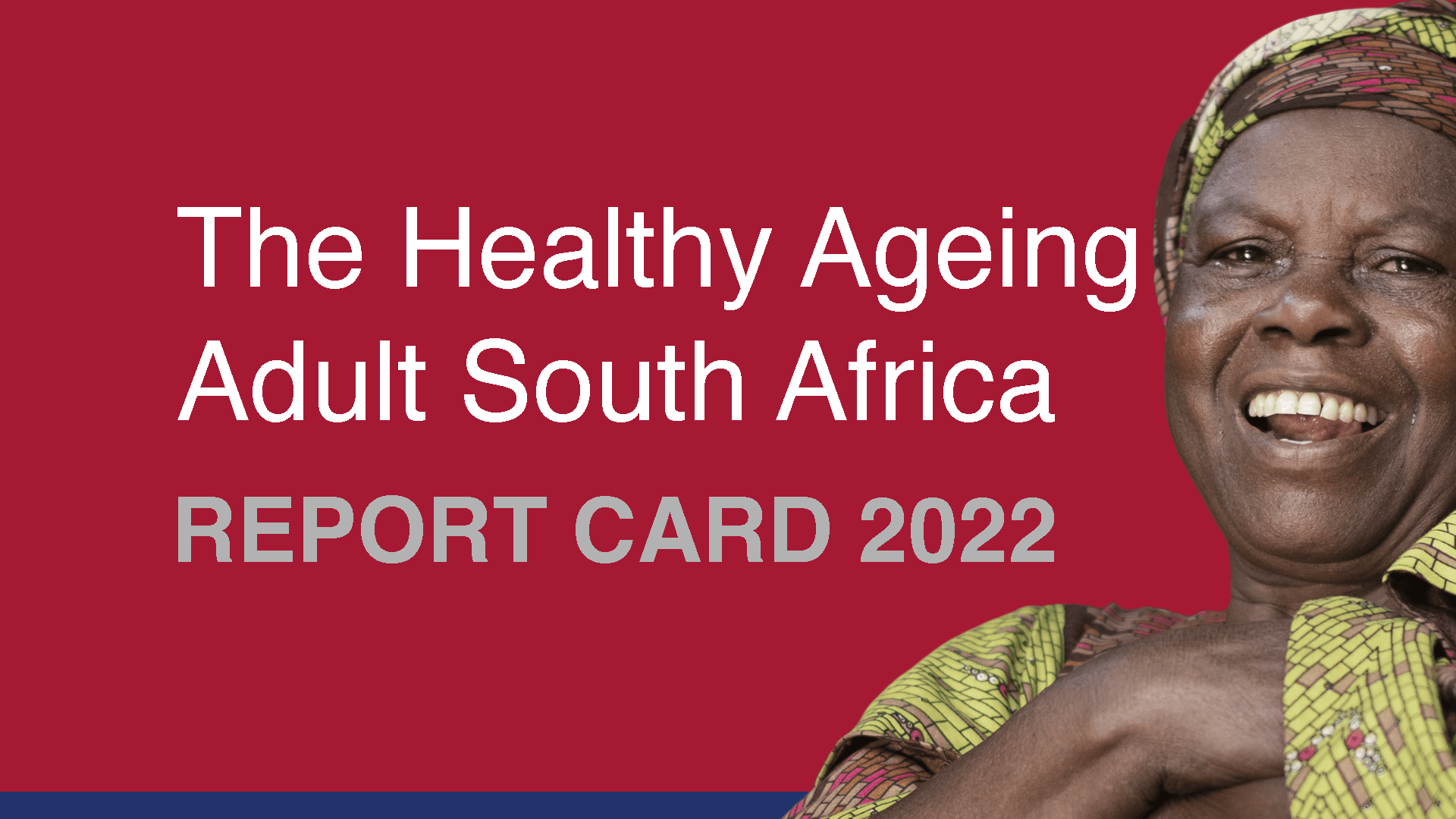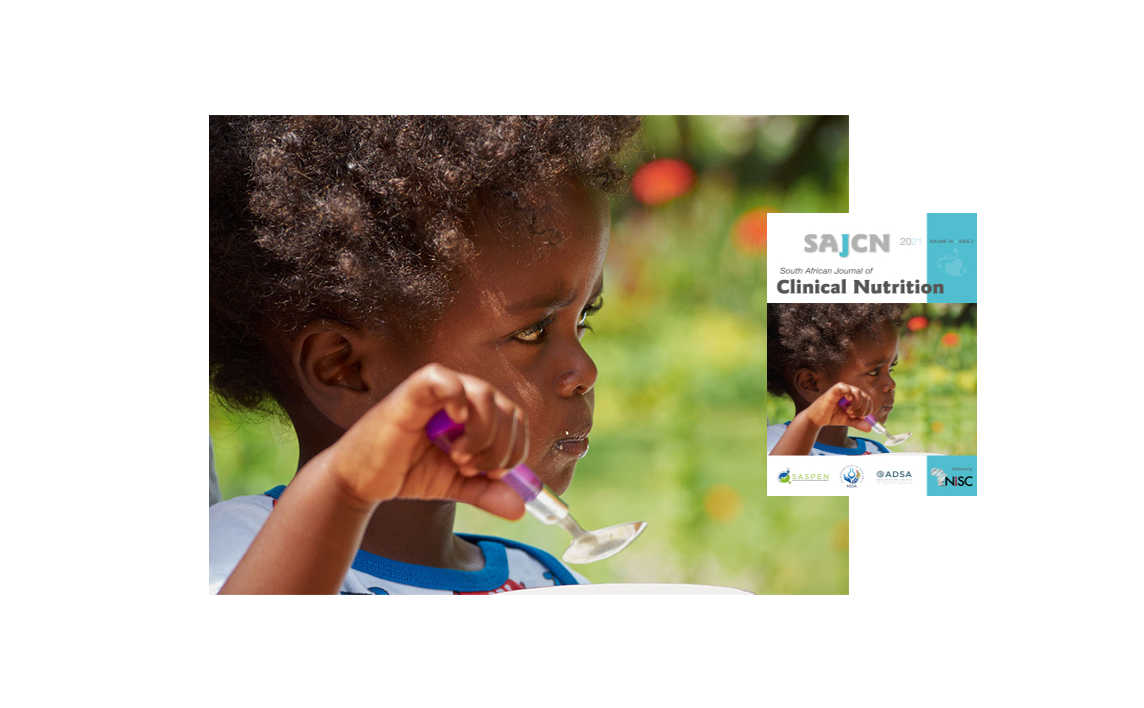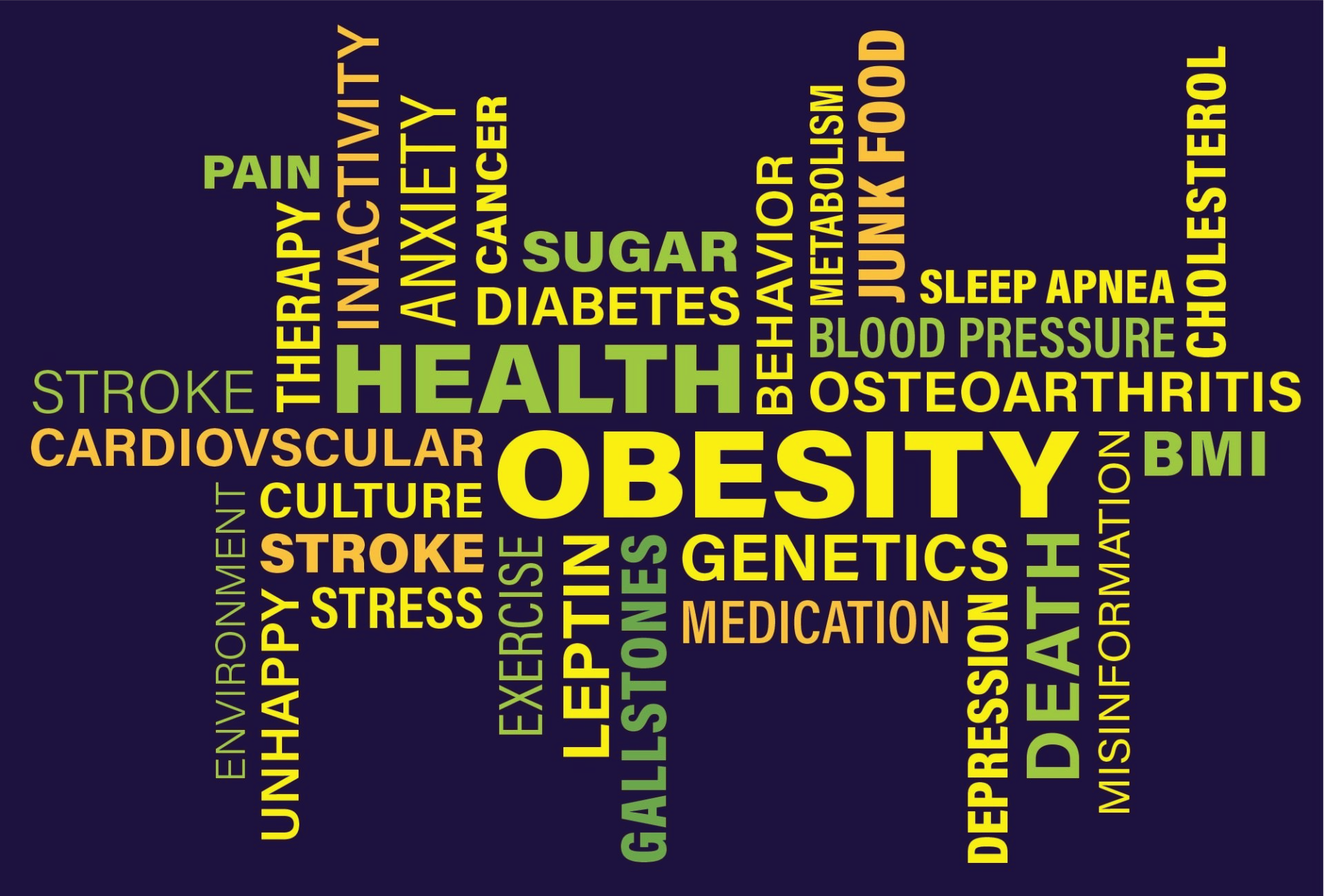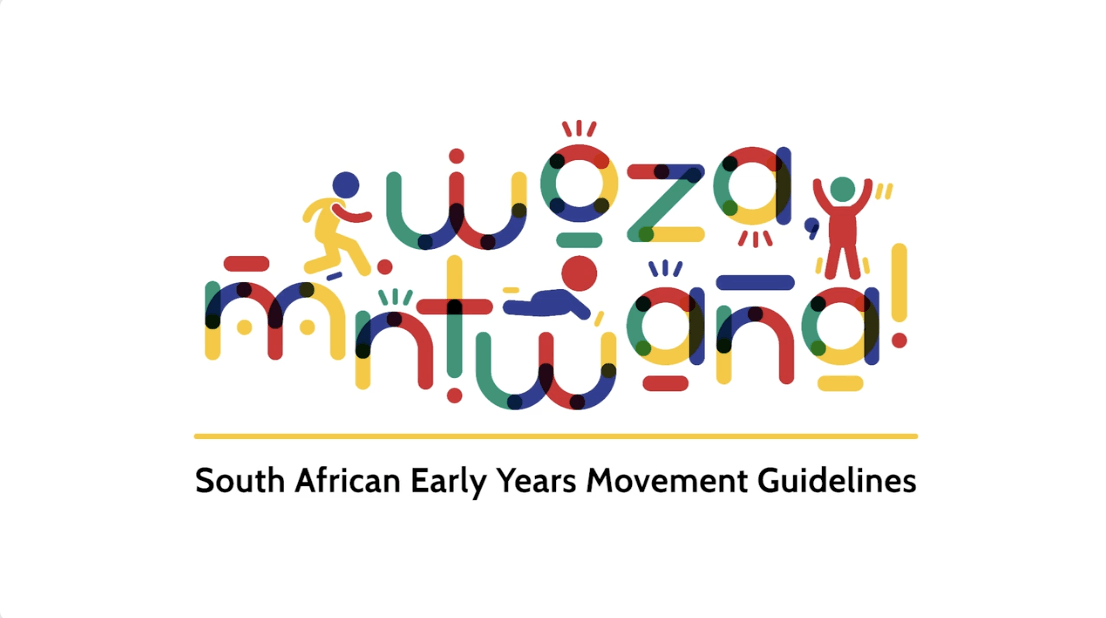SOUTH AFRICA: ARTICLE Causes of Obesity in Children South Africa
by ACTION
If obesity in South African children continues to increase at the current rate, 3.91 million school children will be overweight or obese by 2025. On world Obesity Day, the Heart and Stroke Foundation South Africa (HSF), together with the World Obesity Federation, calls for decisive action from government, private sector and parents.
Causes of Obesity in children
If obesity in South African children continues to increase at the current rate, 3.91 million school children will be overweight or obese by 2025. On world Obesity Day, the Heart and Stroke Foundation South Africa (HSF), together with the World Obesity Federation, calls for decisive action from government, private sector and parents.
11 October, 2016 was World Obesity Day and the theme was Ending Childhood Obesity:
Act today for a healthier future. HSF supports the World Obesity Federation (WOF) in the initiative to stimulate and support practical actions to address obesity.
The population group that is most vulnerable to this ‘obesogenic’ environment is children. Both children of overweight parents and children subjected to malnutrition during pregnancy or infancy are likely to become obese later in life.
Children are brought up in an era of energy dense foods, increasing screen time and sedentary behaviour. The World Health Organisation (WHO) reports the fastest growth of obesity in the African region, where childhood overweight and obesity has more than doubled from 1990 to 2013.
Childhood obesity in SA - our girls at greatest risk
According to the most recent national survey, 14.2% of primary school children are already overweight. This prevalence is highest at 30% in girls living in urban areas. Being overweight as an infant increases the risk of being overweight as a child, which in turn increases the risk of being overweight as an adolescent and adult. Results from the Birth to Twenty study in Soweto recently showed that girls who were obese between the ages of 4 – 6 years, were 42 times more likely to be obese as teenagers compared to their normal-weight peers!
Clearly interventions should already be addressed at infants and toddlers.
Cultural beliefs and poor knowledge of the consequences of obesity lulls many parents into inaction. Childhood obesity is not prevented, recognised or treated adequately. New figures from the World Obesity Federation estimate that by 2025, 3.91 million South African school children will be overweight or obese. This will result in 123 000 children with impaired glucose tolerance, 68 000 with overt diabetes, 460 000 with high blood pressure, and 637 000 with first stage fatty liver disease.
ngopulse.org/article/2016/10/13/childhood-obesity-south-africa
13% of South African children are obese. As a parent, you can reduce the risk of obesity in your children by making sure they eat healthy at school.
Healthy Active Kids
South African report cards:
2010, 2016, 2018
More about Obesity & Resent Articles and Events
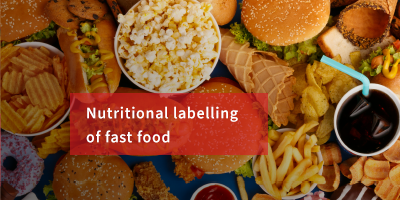
Obesity rates are rapidly increasing in the African Region, as in most parts of the world.
There is a common misconception that obesity and other noncommunicable diseases (NCDs) only occur among the wealthy.
Strategy for the prevention and control of Obesity in South Africa - 2015 - 2020
Act today for a healthier future. HSF supports the World Obesity Federation (WOF) in the initiative to stimulate and support practical actions to address obesity.
ACTION
African Centre for Obesity Prevention
PARTNERS
Join our growing list of partners, including:
Preventing obesity for a healthier tomorrow
Business Hours
- Mon - Fri
- -
- Sat - Sun
- Closed
About Us
Contact
Office:
+27 10 447 3721
E-mail:
